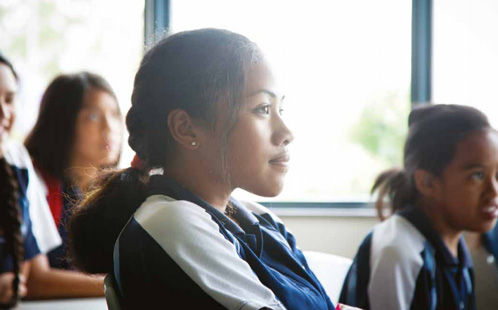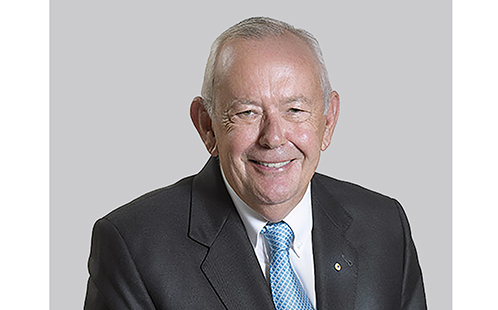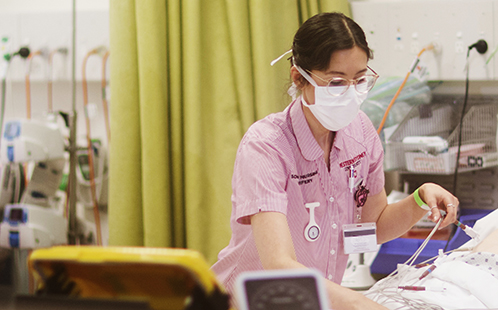Study sheds new light on Australian Pacfiic community

A University of Western Sydney report has shed light on the Pacific community in Australia, a largely ignored sector of society similar to other migrant working communities around the world.
Based on census data, the report shows Pacific communities are overrepresented in low paid jobs, are less likely to go onto higher education, and many are unable to access government services as they aren't citizens.
The author of the report, Dr Jioji Ravulo, says Pacific people are a vibrant and youthful part of an ageing Australian population, but they are often unable to make long term plans to achieve their dreams.
"Many in the Pacific communities are trapped in low paid, short term jobs to support their larger families," says Dr Ravulo, from the UWS School of Social Sciences and Psychology.
"Many can't access the social security benefits or the loans they need to further their studies and build their skills to secure higher paid, more stable jobs."
"To help the Pacific community reach its potential, we must provide better access and support to vocational and career opportunities,"
Key findings of the report, Pacific Communities in Australia, include:
- Australia's Pacific population stands at 280 thousand, with the majority of residents Maori, Samoan and Tongan. It is set to triple in the coming decades
- The majority of the Pacific population range is aged under 24 years, whereas the majority of the general Australian population are aged between 25 to 49
- Pacific communities are more likely to have three or more children in their family, with the Pacific population eight times more likely to live in a dwelling with 8 or more people
- 45.8% of Pacific people residing in Australia are not citizens, which greatly impacts on access to Centrelink benefits
- Pacific people work the same amount of hours as the general Australian population but earn less as their jobs are concentrated in the construction, manufacturing and transport industries
- Almost three quarters of the Pacific population are not studying (72.7%), compared to over half of the general Australian population (54.9%)
- The general Australian population is nearly four times more likely to own a home outright at 26%, in comparison to the Australian Pacific population at 6%
- Pacific people in Australia are two times more likely to need supported accommodation
Dr Ravulo says the report will assist researchers, educators and community groups to better respond to the needs and strengths of Pacific communities in Australia, whilst working collaboratively on developing positive strategies towards solutions.
"It is hoped that we will continue to celebrate the richness that comes from understanding diverse and emerging groups in Australia, who greatly contribute to our identity as a nation," he says.
Ends
14 August 2015
Latest News

Opinion: Most bees don’t die after stinging – and other surprising bee facts
Most of us have been stung by a bee and we know it’s not much fun. But maybe we also felt a tinge of regret, or vindication, knowing the offending bee will die. Right? Well, for 99.96% of bee species, that’s not actually the case.

Western Sydney University receives transformational donation to support LGBTIQA+ community
Western Sydney University has welcomed a philanthropic donation from The Brennan Lynch Foundation.

Western Sydney University ranks among world’s best for 23 subjects
The University has been named as one of the world’s top universities for the study of 23 subjects in the latest edition of the QS World University Rankings by Subject, including being ranked in the top 50 for Nursing.
Mobile options:

